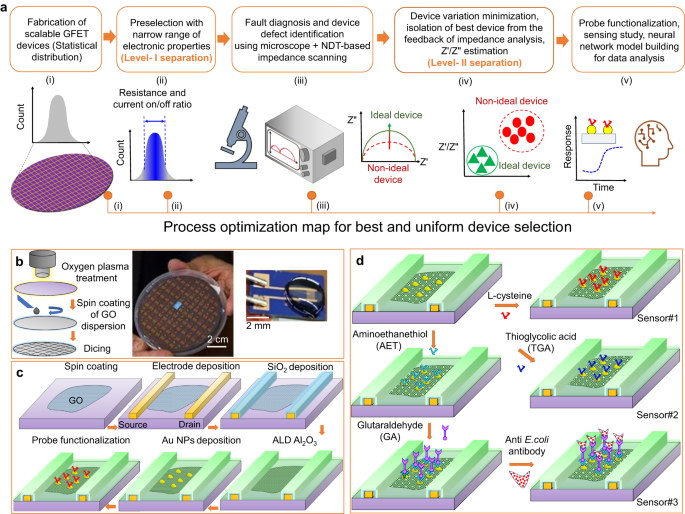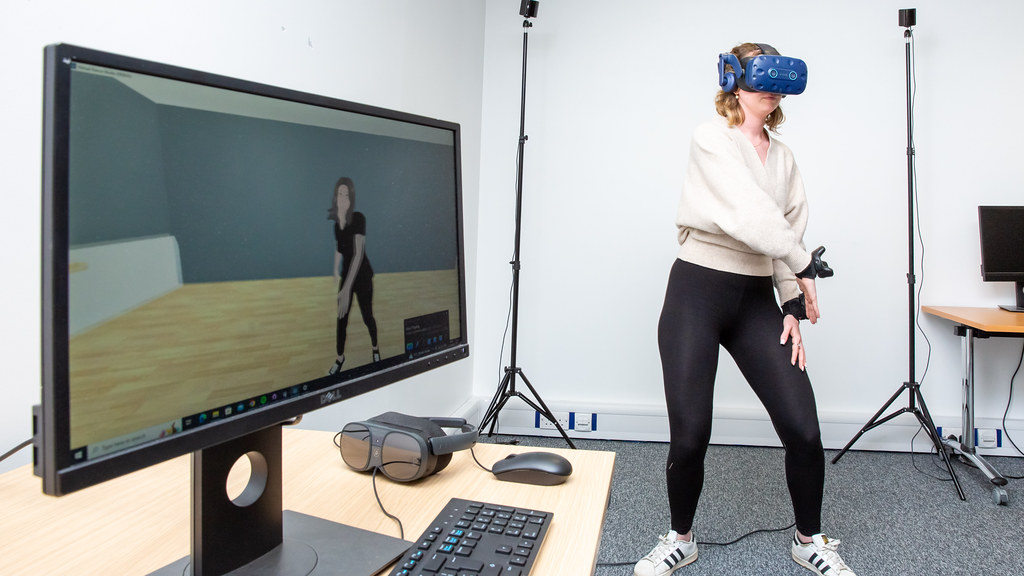2023-08-10 アルゴンヌ国立研究所(ANL)
◆このセンサーは1ナノメートル厚のグラフェン層を用い、金電極とアルミニウム酸化物の絶縁層が追加されたもので、不良デバイスを事前にスクリーニングする方法も提案されました。センサーは水質モニタリングに用いられ、再利用可能な水の清浄度を評価する上で重要なツールとなります。この技術は健康や環境に貢献する可能性があり、今後の展開が期待されます。
<関連情報>
- https://www.anl.gov/article/pivotal-discovery-in-sensor-technology-to-combat-water-contamination-and-more
- https://www.nature.com/articles/s41467-023-39701-0
グラフェンセンサーアレイ、流水中の毒素をリアルタイムでモニタリング可能に Scalable graphene sensor array for real-time toxins monitoring in flowing water
Arnab Maity,,Haihui Pu,,Xiaoyu Sui,,Jingbo Chang,,Kai J. Bottum,,Bing Jin,,Guihua Zhou,,Yale Wang,,Ganhua Lu &,Junhong Chen
Nature Communications Published:13 July 2023
DOI:https://doi.org/10.1038/s41467-023-39701-0

Abstract
Risk management for drinking water often requires continuous monitoring of various toxins in flowing water. While they can be readily integrated with existing water infrastructure, two-dimensional (2D) electronic sensors often suffer from device-to-device variations due to the lack of an effective strategy for identifying faulty devices from preselected uniform devices based on electronic properties alone, resulting in sensor inaccuracy and thus slowing down their real-world applications. Here, we report the combination of wet transfer, impedance and noise measurements, and machine learning to facilitate the scalable nanofabrication of graphene-based field-effect transistor (GFET) sensor arrays and the efficient identification of faulty devices. Our sensors were able to perform real-time detection of heavy-metal ions (lead and mercury) and E. coli bacteria simultaneously in flowing tap water. This study offers a reliable quality control protocol to increase the potential of electronic sensors for monitoring pollutants in flowing water.



